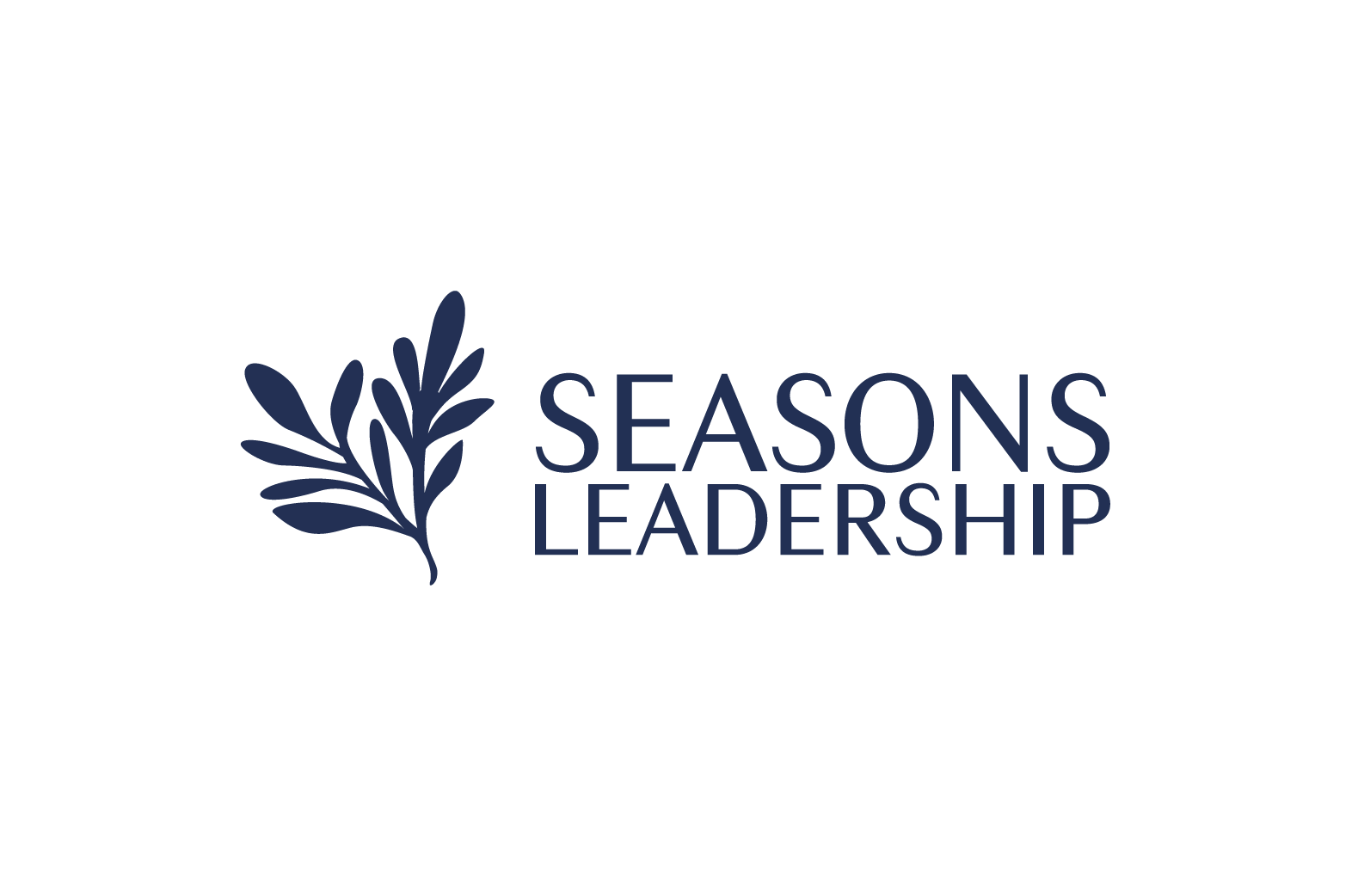I enjoy volunteering and helping others since my retirement and try to do that as often as possible. I particularly enjoy helping leaders and organizations be better. Sharing the experiences and lessons of my career with others is a way I feel I can give back for all the help I received along the way.
I hear often from leaders who feel surprised by their teams with issues that seem to "pop up" out of nowhere. With further reflection and discussion, I often find these issues are known at some level of the organization. They are often times suppressed because of an organizational culture where bad news is not well accepted. As we know, problems can’t remain hidden forever and will eventually surface causing some to feel surprised.
People are often nervous or afraid to raise an issue for fear of retaliation. They hope it will go away or that they can solve it before it bubbles up and catches the leader's attention. Sometimes people solve problems, and the leader is oblivious. This result does not reflect good leadership because the leader needs an accurate view of the organization and its issues. But if the issue is bad enough, it always finds a way to surface and is usually much harder to solve because it has been festering for too long.
My background in manufacturing and operations has provided me with perspectives and insights that have led to effective problem-solving with teams. I have had opportunities to help leaders and teams resolve their stickiest operational issues.
Develop a plan to get on track through listening
Unfortunately, the issue had festered for too long by the time the leader would call me! A typical example is a production problem that will affect a commitment to a customer. Suddenly, "out of the blue," the leader is informed that the team can't deliver as promised – and will maybe even miss that commitment by months. My approach at that point is to help the team develop a plan that will recover the schedule.
When talking to the team, it usually turns out that their leader is not hearing them, and they have no avenue to get help or solve issues – all of which have been known for a longtime. Usually, they have been trying to solve the problems with their resources so as not to risk raising it to management. Or, they have told their management, but weren't listened to or told that their job depends on a solution - and that they shouldn't return until the situation is fixed.
My approach is to listen and learn with the team. I create space for the team to share their struggles with me. It usually takes some time for them to get comfortable showing me all the issues. Over time we can identify a path forward and get the help needed to improve the plan.
Over time the team feels more trust in me as I listen and get them the help they need. In most cases, we can recover the schedule and get back on track without impact to the customer.
The culture affects a team’s ability to address problems early
Sadly, teams suffer in situations like this and are not as productive as they can be. I have found that teams want to do a good job and deliver quality products on time, but the culture of fear the leader has created is affecting the ability of the team to address problems early. This situation is costly to the companies, not just in the added effort to recover a program, but also in team morale, retention, inefficacies, low quality, and unhappy customers – to name a few.
My effort to help solve these issues often takes many months filled with long workdays filled with stress. And most of these situations could be handled more effectively with a leadership culture built on trust.
If leaders are frequently surprised, they should pause and reflect on what type of environment they have created for their teams. Is it one where people feel safe to speak up? I suspect not if surprises are happening.
Effective leadership is characterized by trust, which catalyzes open communication and problem-solving within a team. It is important to understand the profound impact of trust on surfacing and addressing problems, ultimately leading to a work environment where surprises are minimized. By fostering a culture of trust, leaders can create an atmosphere where team members feel comfortable expressing concerns, sharing feedback, and collaboratively finding solutions. Leadership built on trust promotes proactive problem-solving, enhances decision-making, and cultivates a resilient and adaptable team.
5 Steps for fostering a culture of trust:
1. Leverage trust as a catalyst for open communication: Establishing psychological safety within the team and encouraging honest and transparent dialogue creates an environment where problems can be openly discussed without fear of repercussions.
2. Surfacing problems for timely resolution: High levels of trust make it possible to identify issues at an early stage. This enables proactive problem-solving of issues before they escalate and result in surprises. Create regular opportunities for team members to come forward with issues and reward their transparency.
3. Collaboration and collective intelligence: Trust fosters collaboration and knowledge-sharing. Leaders should encourage diverse perspectives to uncover potential problems, which harnesses the team's collective intelligence to find innovative solutions.
4. Empowering team members: Trust-based delegation and autonomy, along with providing resources and support for problem-solving, develops a sense of ownership and accountability within the team. Leaders should pay attention to the resources their team has access to and be ready to fill in any gaps.
5. Building resilience and adaptability: Trust as a foundation for embracing change nurtures a culture of continuous learning and improvement. It encourages creativity and flexibility to tackle unforeseen challenges.
Leadership founded on trust creates an environment where problems are surfaced early and solved proactively, eliminating surprises. By fostering open communication, trust allows team members to express concerns, share feedback, and collaboratively address challenges. This proactive problem-solving approach enhances decision-making and cultivates a resilient and adaptable team capable of navigating unforeseen obstacles.
Leaders prioritizing trust empower their team members, creating a culture of ownership and accountability. In such an environment, problems are not feared but are welcomed and viewed as opportunities for growth and improvement.
Ultimately, leadership with trust fosters a harmonious and productive work atmosphere where surprises are minimized, and success becomes a shared endeavor. People enjoy their work more. They thrive together with the company.














